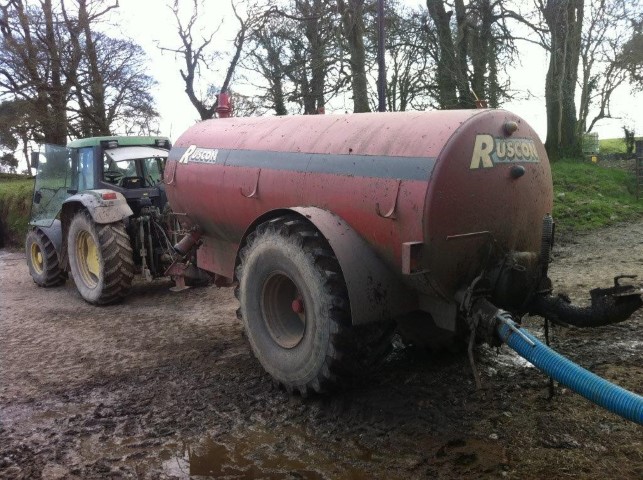With the weather up to recently making slurry spreading near impossible, many farmers who had slurry tanks at full capacity took the option of transferring slurry off farm.
According to Tim Hyde, Environment Specialist at Teagasc there are usually two different ways farmers can do this. The first way is when farmer A (exporter) moves slurry to a tank on farmer B’s (importer) holding. The slurry is to remain on the importers holding and will be spread on his land. In this case the exporter must complete a record 3 form which must be submitted to Teagasc Johnstown Castle by the end of the year.
The second way slurry is usually exported in these circumstances, is if a farmer is exporting slurry to an empty tank on a farm which is not being used by the owner and the farmer intends to bring back the slurry to his own farm for spreading. In this case the exporting farmer has exclusive access to the tank in question and there is no need for records to be submitted.
Hyde noted: “It was happening a good bit over the last few months given the bad weather. The second option was more common. If farmers are unsure about their requirement in this regard they should contact their local Teagasc advisor.”
Looking forward Hyde cited: “With dry weather promised for the next week, farmers should be able to get some slurry out to relive some of the pressure.”
Although he said: “Farmers might be tempted to horse out slurry. I would say it would be better for farmers to just put enough out to relive the pressure. Wait a few weeks and get more out when the grass start growing.”
Hyde also advised farmers to apply slurry on drier and flatter fields where the potential risk of water logging and/or run-off is minimised and stressed the required set back distances from watercourses must also be observed when applying slurry.”

